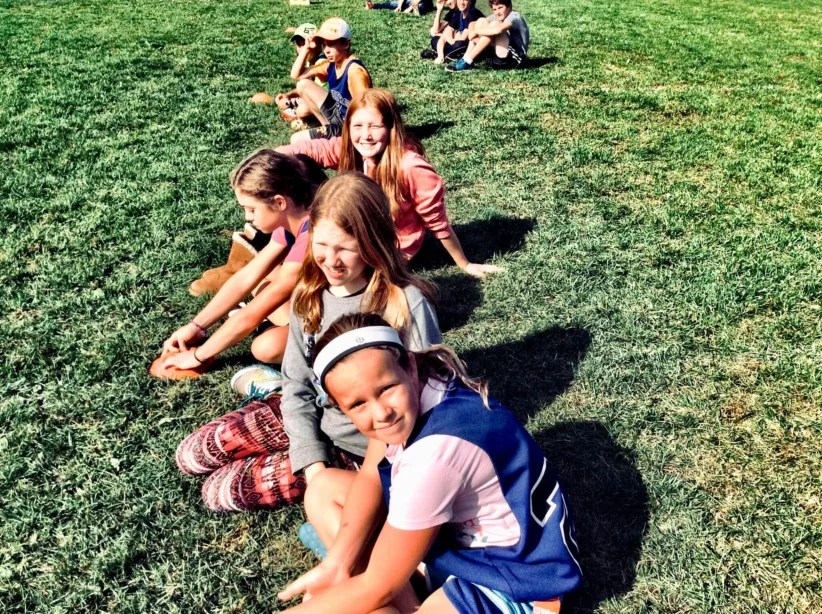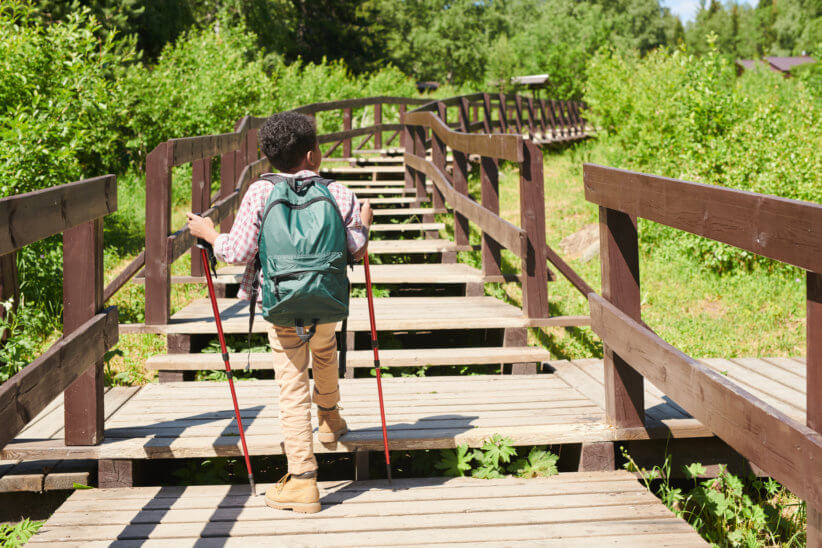If you’ve got a little one at home who just won’t go to
sleep, rest assured (pun intended) that you’re not alone. In fact, Conner Herman and Kira Ryan, the
founders of the popular sleep consulting firm Dream Team Baby, can’t seem to meet with
desperate parents fast enough! But as
they explain, that’s just what inspired them to offer their expertise in The
Dream Sleeper: A Three-Part Plan For Getting Your Baby To Love Sleep–their new book about the physiology of sleep
and how to get babies on their way to dreamland. —
How did you first become interested in baby sleep
patterns?
When our oldest children were babies we really struggled
with sleep. We read countless books, tried every tip we heard, but nothing was
working. Looking back, we both had “sensitive sleepers,” but at the time, we felt
really confused and exhausted. Once our children were finally sleeping
we thought, “This has to be easier”. So
we decided to help other weary and overwhelmed parents. We hired an amazing
group of pediatric experts and they helped us come up with a new approach to
teaching children to not only sleep, but to love sleep. Once we knew we had a
plan that worked, we set out to help parents who were like us.
What inspired you to write The Dream Sleeper?
We founded Dream Team Baby and quickly had a very successful
sleep consulting practice. Years later, we have so much demand that we can’t
help people as quickly as we’d like. When parents want sleep help, they want
help yesterday. So we put everything we tell our clients in our book. It was a
true labor of love and we’re excited to be able to help many more parents than
we would be able to through our consulting practice alone.
What do you hope that readers will get from reading the book?
We hope they get whatever answers they need. But, most
importantly, we hope that anyone who is feeling guilty for doing all of the
“wrong things” to get their child to sleep reads the book and feels reassured.
Nothing is unchangeable. If readers aren’t ready for sleep teaching, we hope
they get a good understanding of sleep and some advice for improving their
sleep situation without sleep teaching. And if they are ready for sleep
teaching, we hope they follow our step-by-step approach for helping their child
to sleep 11-12 hours a night, plus daytime naps.
At what age should babies typically be sleeping through the
night?
Healthy, full-term babies are capable of sleeping through the night
(11-12 hours) by four months of age. However, it doesn’t mean all four-month-olds
magically start sleeping this way on their own. Independent sleep is a
learned skill for many children. And while many babies seem to struggle with
putting themselves to sleep, or sleeping consistently, it doesn’t mean that
they can’t learn to be sound sleepers.
What can affect a child’s ability to sleep through the
night?
A lot of things. Hunger, sickness, immature sleep cycles,
but the most common culprit is negative sleep associations. Needing help from
you (or another outside source) to go from awake to asleep.
What changes can be made easily to improve a child’s ability
to sleep?
Revamping your child’s sleep environment, organizing daytime
sleep and maximizing feedings during the day (to minimize the need to eat at
night) and identifying your child’s sleep associations.
What are the
advantages of a young child getting enough sleep vs. not getting enough?
Everything begins to break down when children do not get
adequate amounts of sleep. Even if your child doesn’t seem to be excessively
sleepy, insufficient amounts of sleep can still bubble up in a number of ways:
behavioral problems, hyperactivity, irritability and decreased immunity. Good
sleep is central to everyone’s well being, including parents.
At what age should most parents start sleep teaching, and why?
Four to twenty-four months is the ideal time to sleep-teach your child. Before
4 months, some babies aren’t neurologically and physically capable of
self-soothing, sleep rhythms aren’t fully developed, and their little bellies
may not be capable of consuming all the calories during the daytime to sustain
themselves for 11-12 hours of night sleep. If we are dealing with a child two years or older, fixing sleep issues
becomes a bit more multi-dimensional. By this point everyone’s habits (child and parents) are fully formed and fixing sleep at this stage usually requires
a ton of focus from the parents on their relationship with their child as well
as their child’s openness to change. It’s certainly not impossible but the
process can be longer and more emotional for both parents and children.
What is involved in sleep training?
Babies who aren’t sleeping through the night usually have
one or many negative (or dependent) sleep associations—a way of falling asleep
that is provided by an outside source, like a parent. The key to sleep teaching
is identifying your child’s negative sleep associations and replacing them with
positive ones. We always recommend starting this process at bedtime. If your
child needs you in order to fall asleep at bedtime, you’ve become part of how
he falls asleep. A human lovey, so to speak. So it makes sense that your baby
would believe the same would be true in the middle of the night. This would be
like you waking in the night and feeling compelled to nudge your spouse and let
him or her know you’ve opened your eyes. Rationally, we all know it isn’t
necessary to tell someone else you are awake right when you rouse, but this is
what your baby thinks he needs to do. The point of sleep-teaching to is to
reveal the truth! He doesn’t need to do
this anymore. Believe us, he’ll be relieved once he realizes he doesn’t need to
work himself up to let you know he wants to go to back to sleep. If you are
ready for sleep teaching, mentally prepare yourself for it to be a two-week
process. That doesn’t mean you’re going to have two weeks of intense nights. In
fact, after the first few days, you and your baby will probably be pinching
yourselves at how wonderful your new lives are already.
What do you need to do differently when sleep training an
older toddler as opposed to an infant?
It’s really important to prepare toddlers and preschoolers
emotionally for sleep teaching. Most
things in life are easier when everyone is informed and knows what’s coming.
Unfortunately, your toddler is probably not going to understand if you sit down
at the dinner table and outline the new sleep plan via Powerpoint. Toddlers
learn the best when they can experience something through the eyes of a
character. Doing things like reading books and acting out the new sleep
situation with stuffed animals BEFORE making changes in your own situation can
help your toddler feel much more secure and comfortable with sleep teaching. It
gives her a chance to think about sleep in a tangible way and ask questions. Do
these “learn-through-play” exercises for several days leading up to sleep
teaching so your toddler has some time to process the idea of independent
sleep. The other important thing to focus on with toddlers is checking your
daytime parenting. The way we parent during the day is pretty much how our
child will expect us to parent them at night. Be mindful of demonstrating
consistency and follow through with what you ask of your child during the day. If
you practice consistency during the day, your child will expect that there are
also limits at night.
Do siblings affect sleep training, or is there anything that
you should do to prepare or involve them in any way?
Sometimes parents are more anxious about how an older
sibling will react than the child who is learning how to sleep. Just as we
recommend you prepare yourselves as parents and your baby for sleep teaching,
it’s important to plan and prepare your other children for it too. If possible,
plan for the older sibling to spend a weekend away at the home of a close
relative or family friend during the initial days of sleep teaching. This way
you can get the first few (potentially challenging) days out of the way and
give your younger child some extra attention without your older child feeling
neglected. If the sibling can’t leave, make him or her feel needed. Have a
conversation with your older children before sleep teaching to explain that
their baby brother or sister is “about to learn how to sleep like a big girl or
big boy—just like you do.” Also,
preserve the older child’s sleep. Try to keep your older children on track by
keeping their sleep schedule consistent and adding a white noise machine to
their room. With a white noise machine, your child will snooze peacefully even
if there’s commotion in the next room.
Should parents involve babysitters and daycare centers in
the sleep training process?
Yes! All caregivers should be on the same page when it comes
to your plan. To avoid sending your baby mixed messages that could cause
confusion and possibly more sleep problems, it will be critical that all of
your caregivers try to stay as consistent with your plan as possible. While we
do recommend that the parents come up with the plan and implement it in the
beginning, discussing the sleep-teaching plan with your babysitter and
addressing any questions she may have before you begin teaching your child to
sleep will save everyone from stress after you start.
For more information, visit dreamteambaby.com.
Elisabeth Frankel Reed regularly writes for New York Family’s blogs. Prior to
becoming a freelance writer, she worked in the financial services
industry. Elisabeth was born and raised in New York and loves exploring
the city with her husband and two children, Brandon and Julia.





















